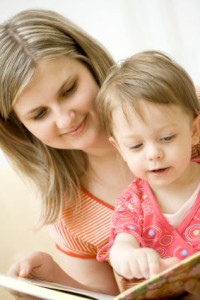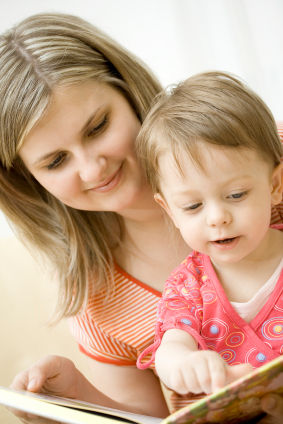Fever is characterized by a high body temperature. Generally, a child with a temperature over 37.5 degrees C is considered as fever. For most parents, it can be bothersome if a child has fever. Nevertheless, it is common and settles on its own without treatment. You can check the temperature of a child if he/she has fever by using a thermometer.
Possible causes of fever
Most cases are triggered by infections or other conditions. The elevated body temperature makes it hard for viruses and bacteria responsible for the infections to survive.
Common conditions that can trigger fever include the following:
- Flu
- Upper respiratory tract infections
- Tonsillitis
- Ear infections
- Roseola
- Kidney or urinary tract infections
- Common childhood conditions such as whooping cough and chickenpox
The temperature of the child is also elevated after receiving vaccinations or if overheated due to excess bedding or clothing.

When to seek medical care
A doctor should be consulted right away if a child:
- Is below 3 months old with a temperature of 38 degrees C or higher
- Is between 3 and 6 months old with a temperature of 39 degrees C or higher
A doctor should be consulted if a child has other indications of being sick such as refusal to feed, continuous vomiting, drowsiness and floppiness.
Management
In case a child has fever, it is important to keep the child properly hydrated by providing enough cool water to drink.
Infants must be given fluids such as formula or breast milk. Even if the child is not thirsty, you have to provide him/her fluids often to keep the levels up.
If the environment is warm, keep the child comfortable by covering with a lightweight sheet or opening the window. Nevertheless, the child should be properly dressed for his/her surroundings.
Using antipyretics
Ibuprofen and paracetamol for children work by reducing fever as well as the pain. These can be provided at the same time but if one does not work, it is best to try the other later.
Antipyretics are not always required. In case the child is not distressed by the high body temperature or an underlying condition, there is no need to use antipyretics to lower down the temperature.
If these medications are used, carefully read the packaging instructions to determine the appropriate dosage and frequency for the age of the child.
Quick Note / Disclaimer
The material posted on this page on fever is for learning and educational purposes only. To learn to recognize and manage a child with fever, register for a first aid and CPR course with Toronto First Aid.

